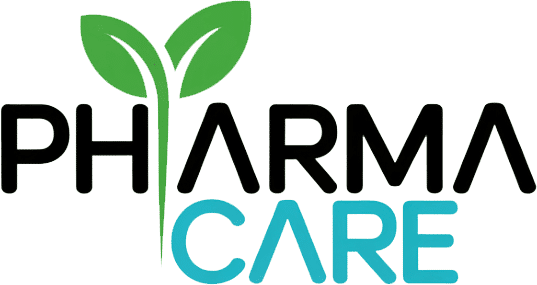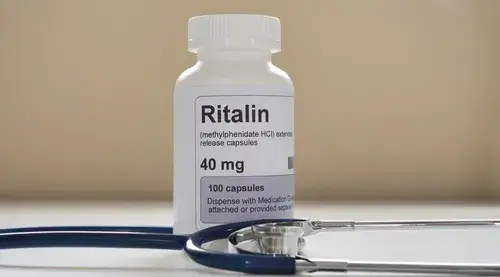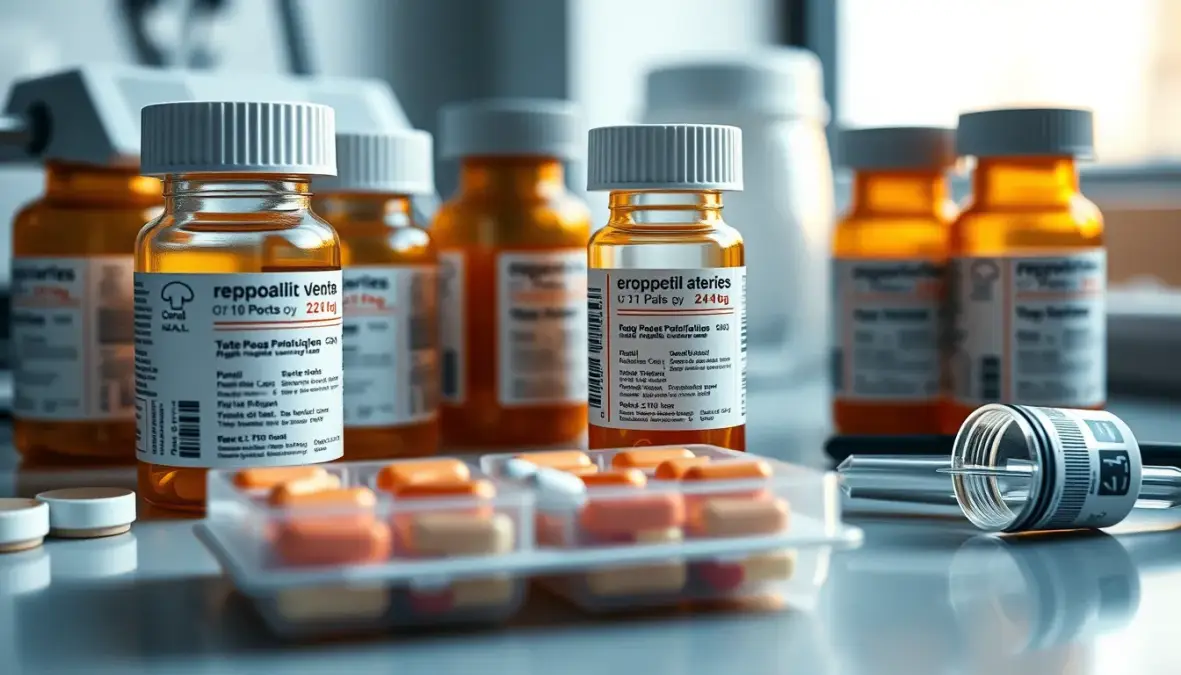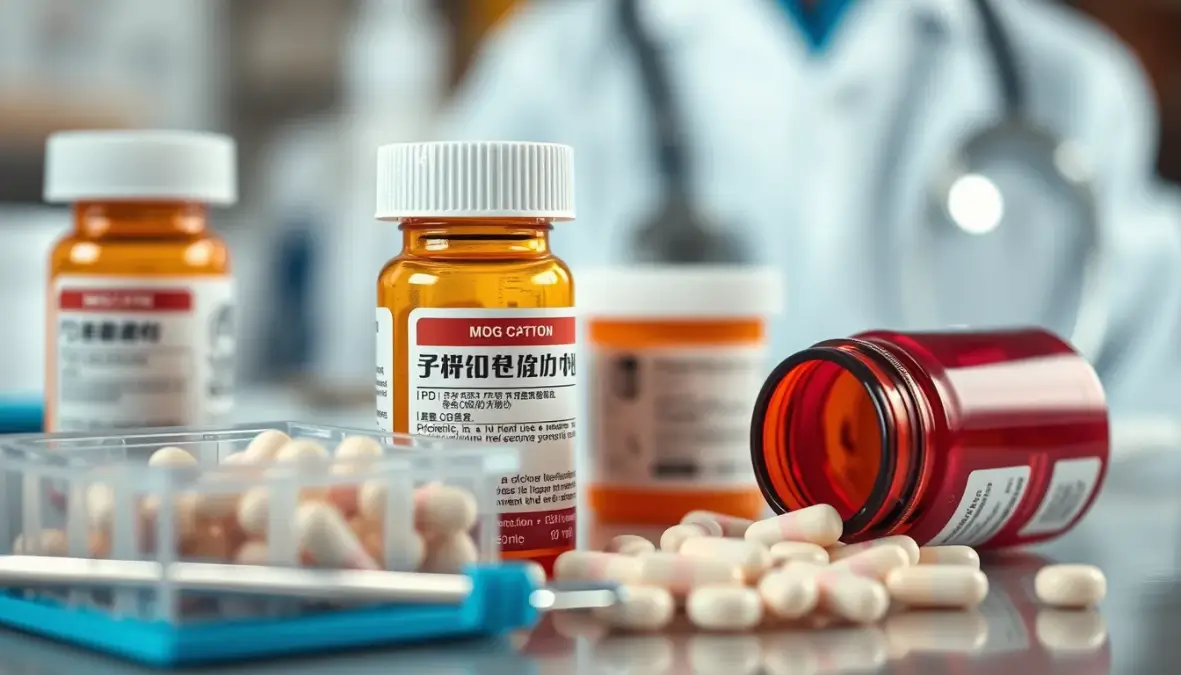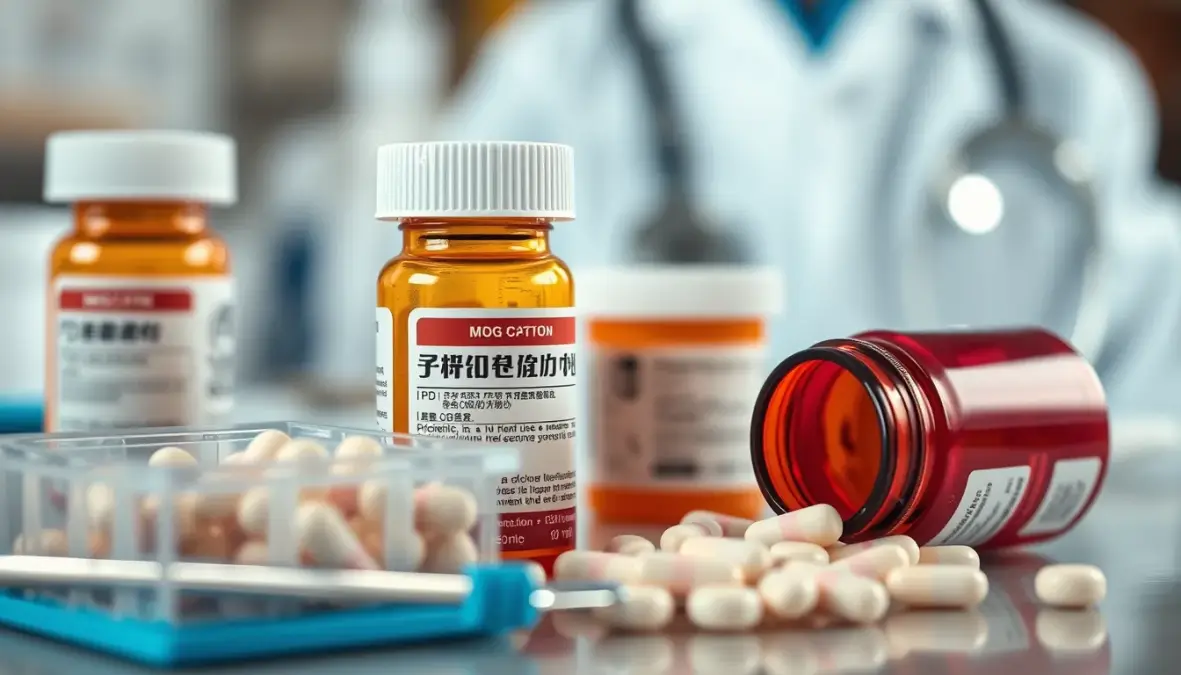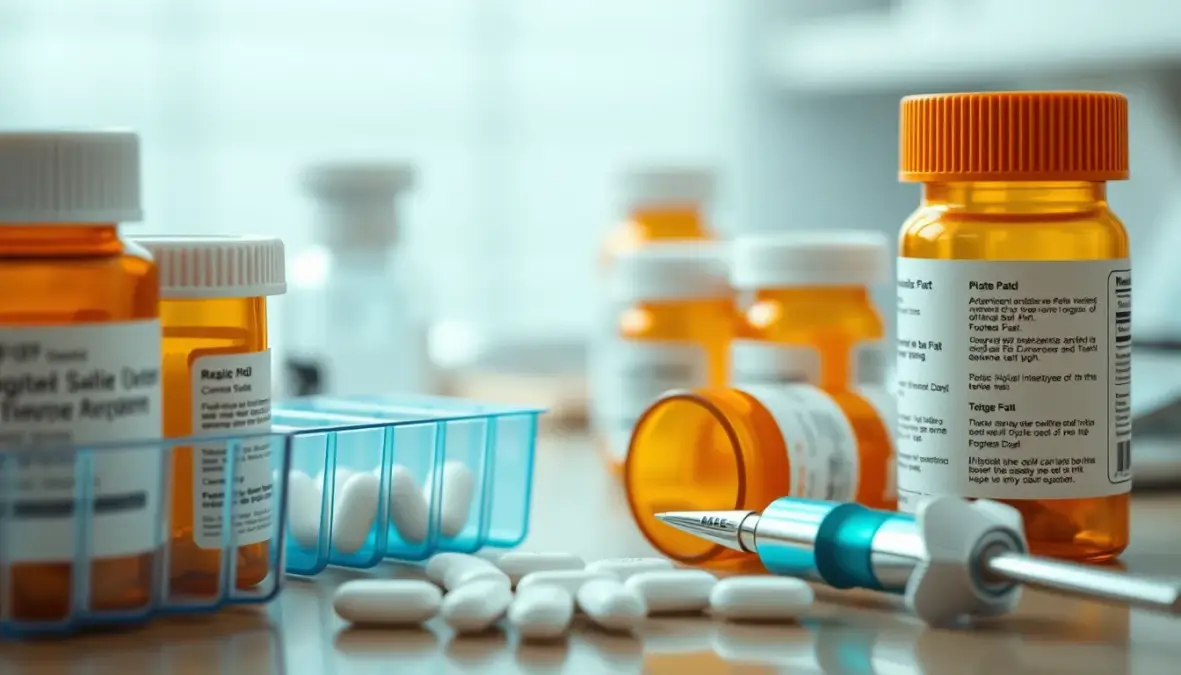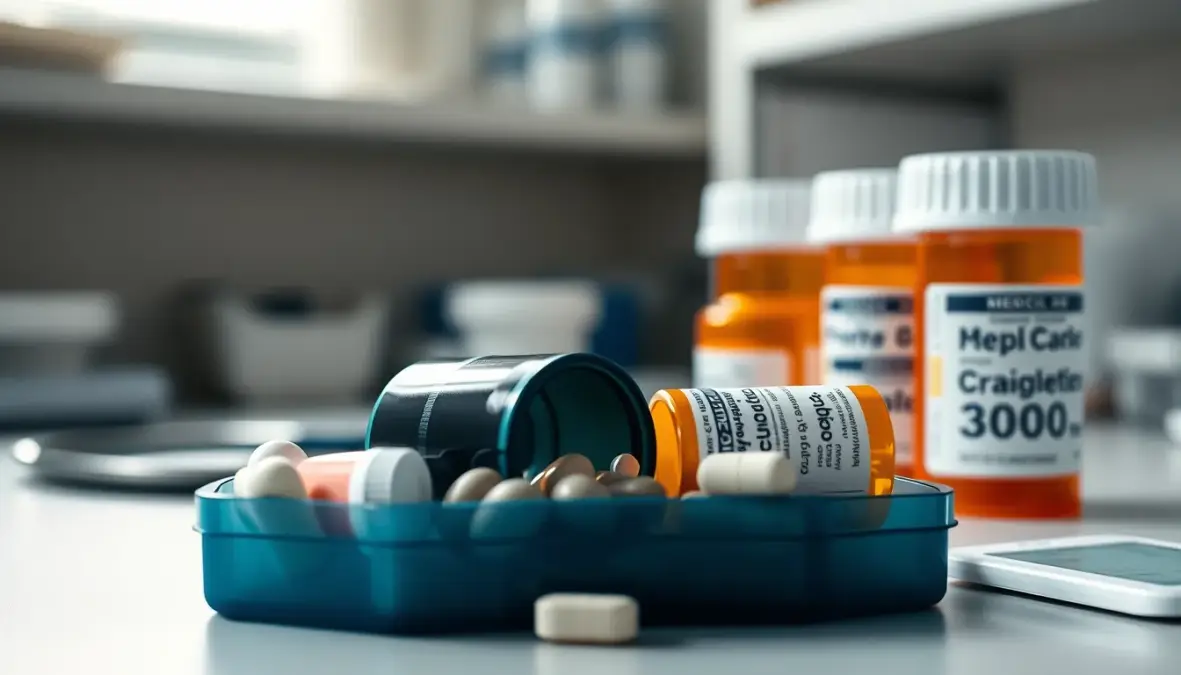Ritalin (Methylphenidate) Considered one of the oldest and most well-known treatments for attention deficit hyperactivity disorder (ADHD) in Israel and around the world. Despite the high prevalence of the treatment, there are myths, misunderstandings, and lack of clarity surrounding its effects on the body and mind, proper use, risks, and alternatives. This guide is intended to provide a broad, comprehensive, and in-depth picture – so that you can make informed decisions based on current knowledge and critical thinking.
What is Ritalin and how does it work?
Ritalin is a stimulant drug that acts on the central nervous system. The active ingredient, methylphenidate, inhibits the reuptake of dopamine and norepinephrine in specific neural pathways. As a result, the levels of neurotransmitters in the synaptic cleft increase, resulting in Increased alertness, better cognitive-behavioral organization, and improved regulatory ability.
- The mechanism of action occurs within 20–40 minutes From the moment of taking it in most people who take it.
- The duration of the effect depends on the release form and the patient's body characteristics, and ranges from 3 to 12 hours.
- There is no “accumulation” of the drug in the body; at the end of the active period, it breaks down and is excreted through the urine.
Multiple clinical studies have demonstrated that in properly diagnosed children, adolescents, and adults, the improvement in attention functions, behavioral inhibition, academic performance, and occupational functioning is significant and has long-term implications for quality of life.
Common types of Ritalin
Regular Ritalin (Immediate-Release)
- Round white tablet in doses of 10 mg and 20 mg.
- 3–4 hour activity.
- Allows flexible control – the medication can be “turned off” in the afternoon to prevent insomnia.
Ritalin LA (Long Acting)
- Capsules in doses of 10, 20, 30 and 40 mg.
- Two-phase release: half of the dose is released immediately, half about 4 hours later.
- Provides approximately 8 hours of coverage – a single dose in the morning is sufficient for a full school day.
Concerta
- Osmotic tablet in doses of 18, 27, 36 and 54 mg.
- Releases drug linearly for 10–12 hours.
- Considered particularly stable and reduces sharp “ups and downs.”
Daytrana (skin patch instead of tablet)
- Rare in Israel, but offers gradual dermal absorption for patients who have difficulty swallowing.
The choice between the preparations is made by the doctor according to the goals of the treatment, the duration of the active day, sensitivity to side effects, underlying diseases and the patient's preference. Sometimes a trial-and-error process of several weeks is required to find the optimal "formula".
Ritalin 10 mg – characteristics, target audience and tips for use
- A classic starting pointA 10 mg dose in a regular tablet is the “gold standard” for initiation, especially in children weighing 20–30 kg.
- Scheduling: Taking it in the morning immediately after a protein-rich breakfast minimizes nausea and stomach irritation.
- Second course: If necessary, take an additional 10 mg in the afternoon (1:00 PM–2:00 PM) – so that it expires before bedtime.
- tracking: Monthly weighing, blood pressure and pulse measurement, reporting to teachers about behavioral changes.
It is important to remember that a dose is not “high” or “low” in absolute terms; it is tailored to individual biology. For some patients, 10 mg will be unnecessary, while others will need 30 mg to achieve a similar effect.
What Ritalin does to the body – physical, mental and functional effects
- Neurology
- A measured increase in dopamine improves persistence, planning, and problem-solving.
- Stimulating the prefrontal cortex reduces distractions and increases self-control.
- Cardiovascular system
- May increase heart rate by 5–15 beats/minute and increase systolic blood pressure by 2–8 mmHg.
- In people with healthy hearts, the change is negligible; however, screening tests are necessary for heart disease.
- Digestive system
- Delayed feeling of hunger – in children, growth rate may slow down if they do not compensate with high-calorie meals in the evening.
- Sleep
- Reduces fatigue during active hours, but taking it late (after 4:00 PM) may cause difficulty falling asleep.
- Mood
- Most users report inner peace and decreased frustration.
- However, an inappropriate dosage may cause nervousness, anxiety, or a sharp “down” when the effect wears off.
The effect of Ritalin on those who don't need it
The temptation to take a “magic pill” before a test or work project exists, but use without a formal diagnosis comes at a price:
- Neurochemical imbalance – Someone whose dopamine levels are normal may experience agitation, a racing heart rate, and a feeling of “excess adrenaline.”
- Increased side effects – The risk of headaches, anxiety, and insomnia is twice as high compared to the ADHD population.
- Risk of addiction – The brain “learns” to associate ingestion with performance achievement, and may require increasing doses.
- Legal aspect – Methylphenidate is classified as a prescription narcotic; possession without a prescription is a criminal offense.
Ritalin – Common Side Effects and Ways to Cope
| phenomenon | Estimated prevalence | Practical solutions |
|---|---|---|
| Decreased appetite | 40–50 % | Large evening meal, protein shake, growth monitoring |
| Headache | 15–20 % | Drinking plenty of fluids, taking a mild pain reliever, adjusting the dosage |
| Insomnia | 12–18 % | Early withdrawal, transition to short version, sleep hygiene |
| Nervousness/anxiety | 10–15 % | Reducing dosage, adding cognitive-behavioral therapy |
| Rapid heartbeat | 5–10 % | Cardiovascular monitoring, ECG test if necessary |
In most cases, the symptoms resolve within two to three weeks of adaptation. If a symptom persists or worsens, you should return to your doctor to consider changing your medication.
When is Ritalin needed and when is it not?
Conditions that warrant drug treatment
- A diagnosis of moderate-severe ADHD that impairs learning, employment, or interpersonal relationships.
- Failure of behavioral interventions alone (reinforcement boards, skills training).
- Family history indicating a beneficial effect of stimulants.
Circumstances in which it is advisable to avoid or postpone
- Uncontrolled hypertension, severe heart defects, tachyarrhythmias.
- Untreated anxiety disorder – the stimulant may worsen symptoms.
- Pregnancy or planning a pregnancy – studies indicate a potential risk, and alternatives should be considered.
It is always recommended to consider a combination of Organizational techniques, psychological therapy and sports activity – A medicine is part of an overall system.
How to concentrate without Ritalin
- Advanced time management – The Pomodoro technique (25 minutes of work + 5 minutes of break) increases productivity by about 20%.
- fitness – 30 minutes of aerobic activity releases natural neurotransmitters, especially dopamine.
- Brain-optimized nutrition – Lean protein, oily fish (omega-3), nuts, leafy vegetables.
- Mindfulness and meditation – fMRI studies show increased activity in the insula and frontal cortex regions, which improve attention regulation.
- Hygiene-Technology – An average push notification interrupts a thought process for 64 seconds; turning off notifications during critical work time.
Combining several of the methods together creates a significant “compensatory umbrella” and in cases of mild ADHD may replace medication.
Anti-Ritalin or other types of Ritalin?
The public debate surrounding “anti-Ritalin” is not black and white. Some parents and patients fear side effects, others want to avoid chemicals for ideological reasons. On the other side are professionals who emphasize the "The cumulative damage" of untreated ADHD: school dropout, traffic accidents, drug use, depression, and low job performance.
It is important to recognize that there are New generation preparations (Vyvanse, Jornay PM) some of which have different safety profiles. If necessary, you can switch between components or try non-stimulant treatments such as Atomoxetine (Stratrate) or Guanfacine.
What is the difference between Ritalin and Adderall/Atlant?
| Characteristic | Ritalin | Adderall | Attention |
|---|---|---|---|
| Active ingredient | Methylphenidate | Various salts of amphetamine | A unique amphetamine compound |
| Activity time | 3–12 hours (depending on configuration) | 4–12 hours | 4–10 hours |
| mechanism | Reabsorption barrier | Increases dopamine release + blocks absorption | Similar to Adderall but different salt ratio |
| Availability in Israel | Very high | Limited, with special permission | Limited |
Patients who do not respond to Ritalin in 30% of cases will achieve optimal effect when switched to Adderall, and vice versa. Therefore, pharmacological and medical flexibility is necessary.
Ritalin for Children – Considerations and Responsibilities
- Multidisciplinary diagnosis – A doctor, a psychologist, and sometimes a didactic diagnosis; this ensures that there is no other source of the learning difficulties (language impairment, emotional crisis).
- Growth tracking – Weighing and height recording every 3 months; chronic appetite suppression requires nutritional intervention.
- Reporting to the school – An educational team aware of the drug can adjust teaching methods and warn of unusual phenomena.
- Drug holidays – Some families choose to “cut back” on Ritalin on weekends or during summer vacation to restore appetite and allow growth. The approach is individual and depends on the child’s functioning without medication.
A child who is closely monitored and has a balanced treatment routine is expected to benefit significantly academically and socially, and avoid a cycle of failure and low self-esteem.
Important highlights and how to use
- Continuous consultation with a doctor – Dosage adjustment once a year or when weight, age, or academic load changes.
- Taking at regular times – Consistency improves effectiveness and reduces “frequent taking” that will cause symptomatic rebound.
- A light meal before the ball – Protein slows down too rapid absorption and reduces nausea.
- Integrating complementary therapies – CBT, computerized attention training, classroom intervention – all of these increase the cumulative effect.
- Check availability at the pharmacy – Shortage periods require prior contact with the fund to consider an alternative.
- How much does Ritalin cost? – The official price ranges from 29–120 NIS per pack, depending on version and insurance coverage; health fund participation reduces significantly.
Frequently Asked Questions (FAQ)
What does Ritalin do to the body?
Ritalin increases dopamine and norepinephrine in the brain, improves concentration, reduces hyperactivity, and contributes to emotional regulation.
The effect of Ritalin on those who don't need it?
In people without ADHD, the drug may cause irritability, rapid heartbeat, and psychological dependence.
How much does Ritalin cost?
The cost varies between types and insurance plans. Regular Ritalin is the cheapest; extended-release preparations are more expensive but are partially covered by supplemental insurance.
What is Ritalin LA and why is it preferred?
An 8-hour long-release version taken once a day provides coverage for full school hours, while reducing energy “slumps.”
What is the difference between Ritalin and Atenolol?
Attention Based on amphetamines rather than methylphenidate. It is sometimes effective in cases where Ritalin is less helpful, but its availability in Israel is limited.
How to concentrate without Ritalin?
Combining time management techniques, exercise, meditation, reducing distractions, and a balanced diet helps with mental sharpness even without medication.
Is it permissible to take Ritalin during pregnancy?
It is generally avoided unless the benefit outweighs the risk. A physician and a pregnancy medicine specialist should be consulted.
What are the main differences between Ritalin and Concerta?
| Characteristic | Regular Ritalin | Concert |
|---|---|---|
| Release form | Immediate Release | Sustained release with osmotic technology |
| Duration of activity | About 3–4 hours | 10–12 hours |
| Daily intake | times a day or more | Once a day |
| Starting an impact | Within 20–40 minutes | Within 30–60 minutes |
| End of influence | Expires relatively quickly – possible "fall" | Gradual and relatively uniform impact |
| Flexibility in dosage | High – can be adjusted according to daily needs | Less flexible – each tablet contains a fixed dosage |
| Side effects | Sometimes dizziness with decreased effectiveness | There may be anxiety or persistent loss of appetite. |
Concerta trade names that include the word "Ritalin":
-
Ritalin LA – A version of Ritalin with delayed release (Long Acting) similar to Concerta but with a different mechanism (bi-phase capsule).
-
Ritalin SR – A rarer version of Ritalin today, with extended release, with medium duration of action (about 6–8 hours).
-
Concerta – Does not carry the name "Ritalin" but is considered a version extended release The official name of Ritalin according to the pharmaceutical companies (mainly Janssen).
Summary of the main differences:
-
Concert Designed for continuous impact throughout the day – ideal for students or workers with long working days.
-
Regular Ritalin More suitable when precise control or changing schedules are required.
-
Ritalin LA is a compromise between the versions, with an activity of about 8 hours.
The choice of preparation depends on lifestyle, sensitivity to medications, and personal preferences of the patient and doctor.
Summary
Ritalin – when used correctly, in an appropriate dosage and under medical supervision – is capable of providing A leap in performance For millions of children and adults. But it is not a magic solution. A stimulant drug requires responsibility, transparency and acceptance of lifestyle changes.
If you or your child are faced with a decision, consider the following: Benefits vs. risks, explore non-drug alternatives and maintain ongoing contact with professionals. This way, you can achieve concentration, success, and learning – without sacrificing your physical and mental health.
Review of recent studies
-
Ritalin? New studies challenge everything we thought about ADHD
-
Israeli study: Do Ritalin, Concerta, and Etnat really help with studying?
- Ritalin: Everything you need to know about using the drug for attention deficit hyperactivity disorder
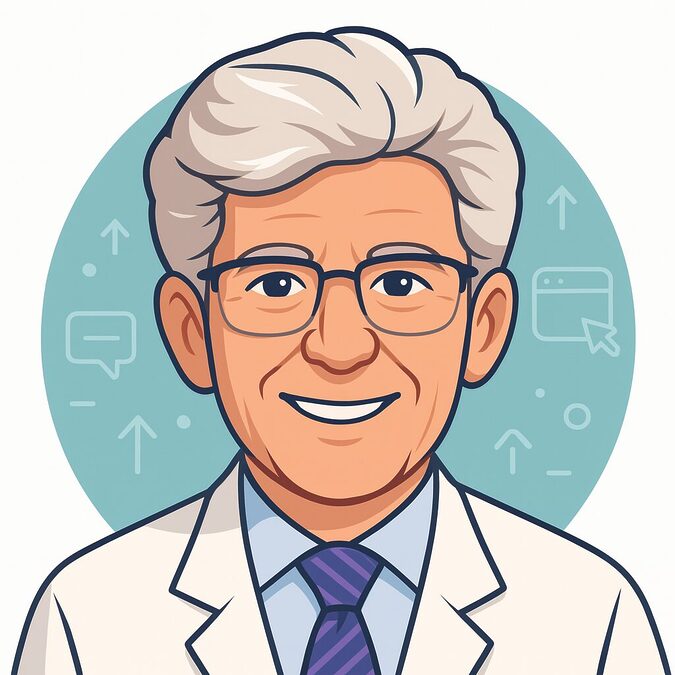
Prof. Leon Greenhouse is a senior psychiatrist with expertise in the neurobiology of depression and anxiety, with over 40 years of experience. He served as a professor at the Hebrew University (Emeritus), Tel Aviv University, and the University of Michigan. He has directed psychiatry departments at leading hospitals in Israel and the US (Sheba, Kfar Shaul, Eitanim, Michigan). He specializes in advanced treatments such as ECT, ketamine, DTMS, and combines psychiatric and neurological approaches to treat PTSD, OCD, schizophrenia, and ADHD. He has published over 150 scientific articles, with approximately 9,000 citations, including groundbreaking studies in the fields of TMS, CBT, and dopaminergic drugs.
